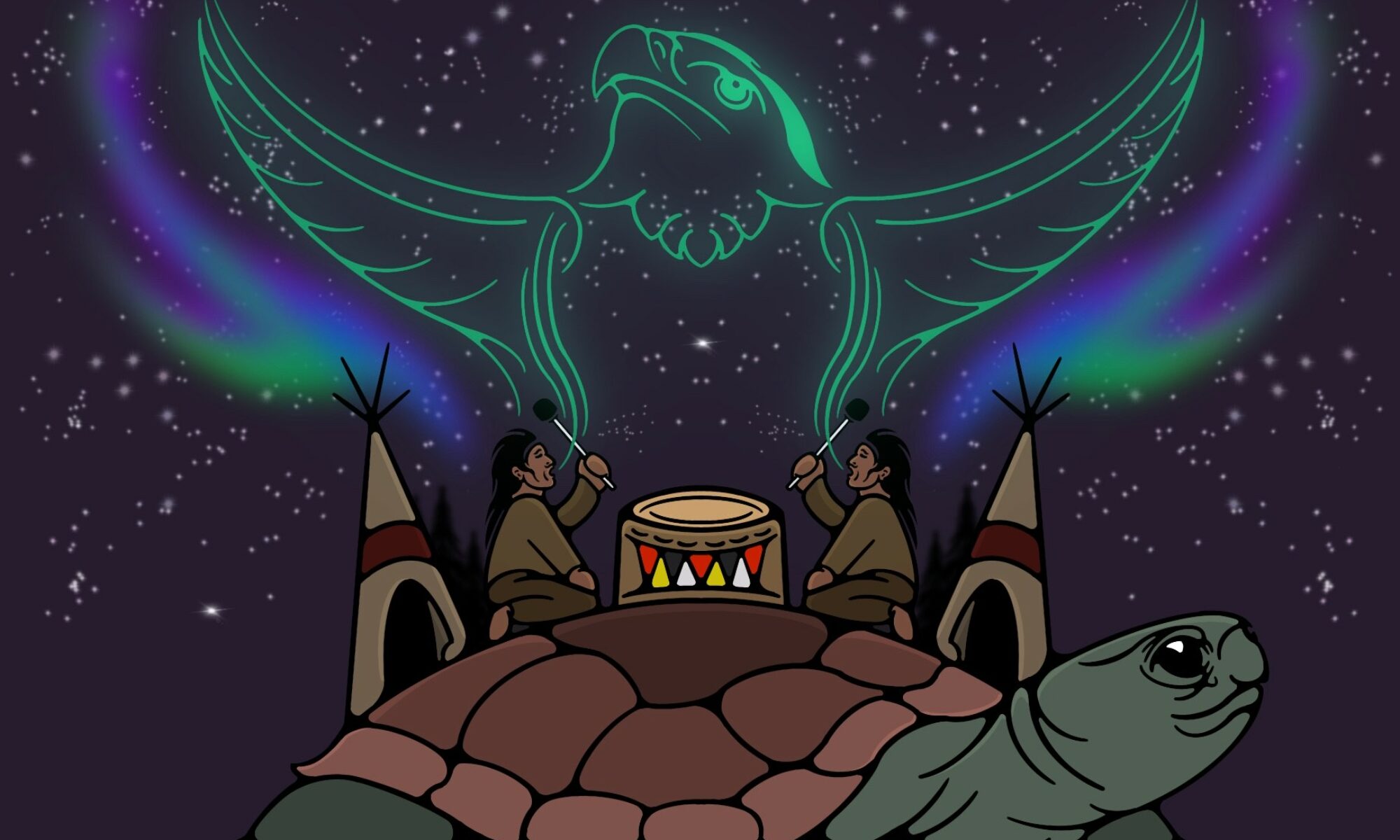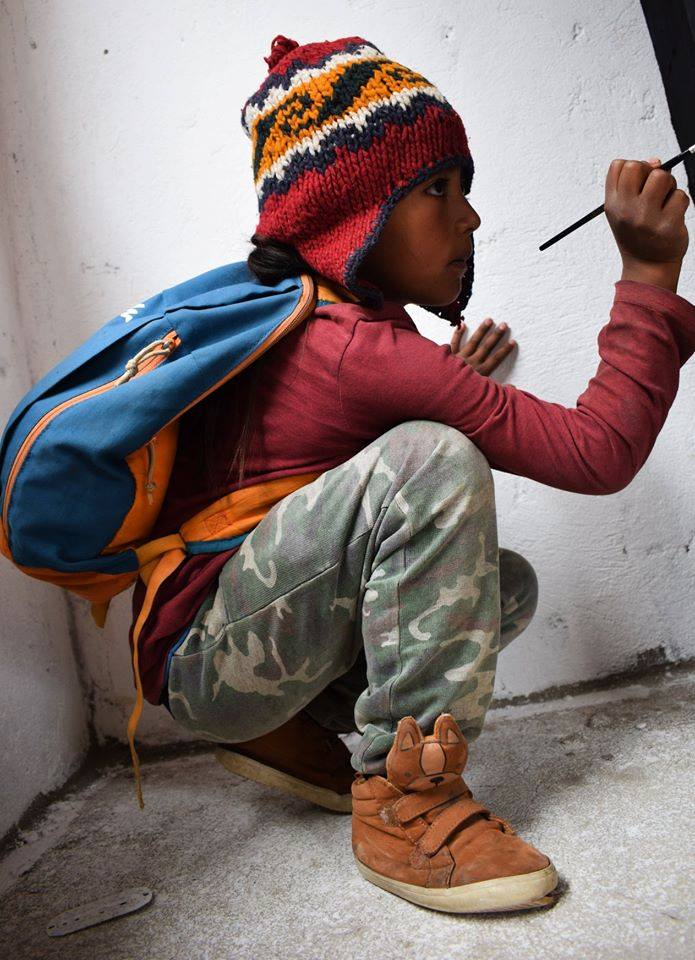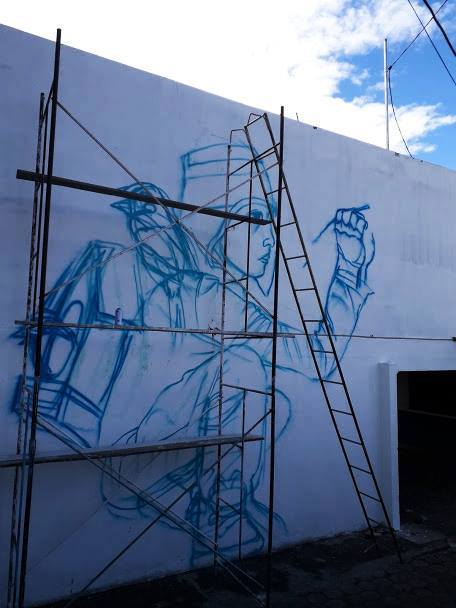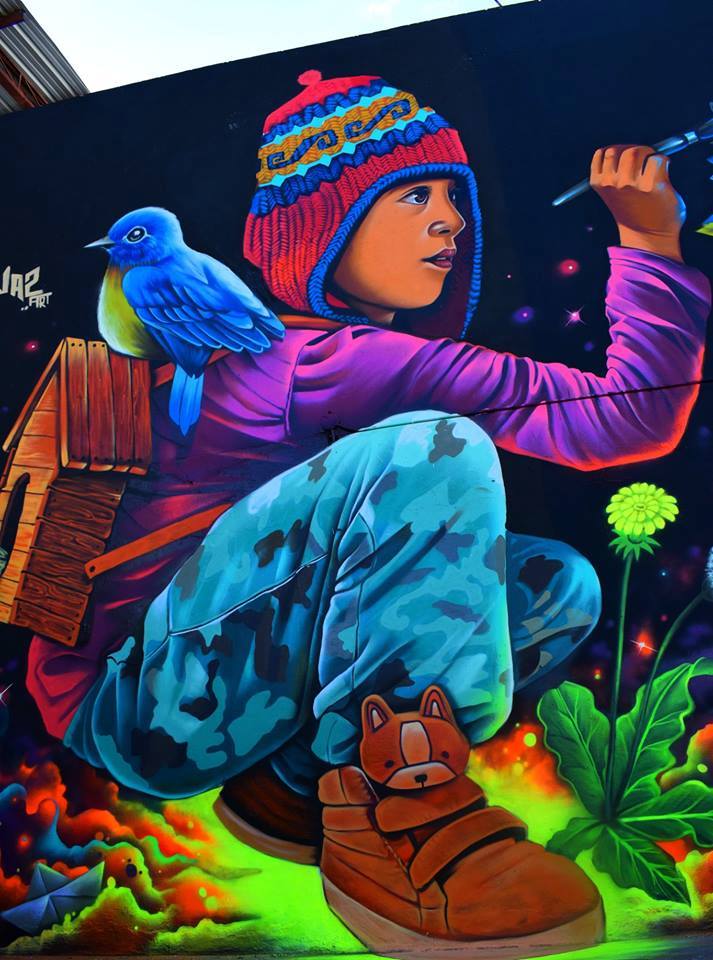By Alejandro Padilla a.k.a Supay Kayampa (Illapa Iriwari)
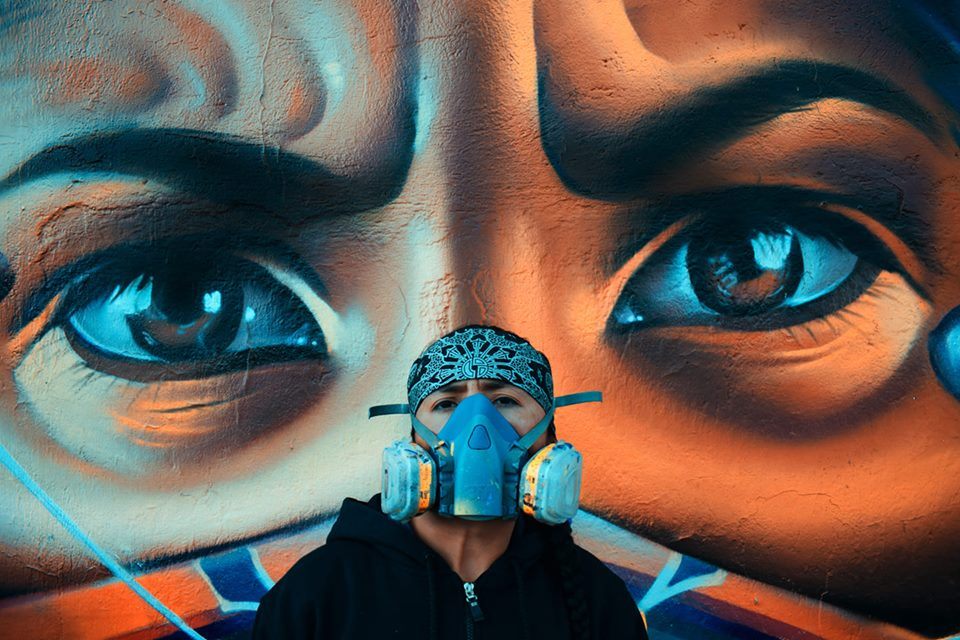
Ecuador, a country in South America crossed by volcanoes, mountains, rivers, lakes and the Ekuator, the equator, is small in area, but immensely diverse. Its flora, fauna, colors, and cultural landscape, as well as its people, history and memory make this small land a space for fusions and mestizajes. Ecuador is a country that is not set apart from mass communication media and the new socio-cultural paradigms of contemporary modernity. Of note is the fact that the historical struggle of Ecuador has always been for territory, for memory, language, and the traditional use of basic resources such as water and land. In Otavalo, a small territorial division in the Imbabura province of northern Ecuador, the Peguche community can be found. Peguche shelters, nurtures, and sustains indigenous peoples, or better said, Runas (human beings in Kichwa). Among them, one in particular, who with colors and stains on the walls has perfected Hip Hop grafitti through the creation of works of hyperrealism in spray paint. Under the pseudonym or street name Tenaz, Álvaro Córdova tattoos the urban skin, and his murals can be found today throughout the country.
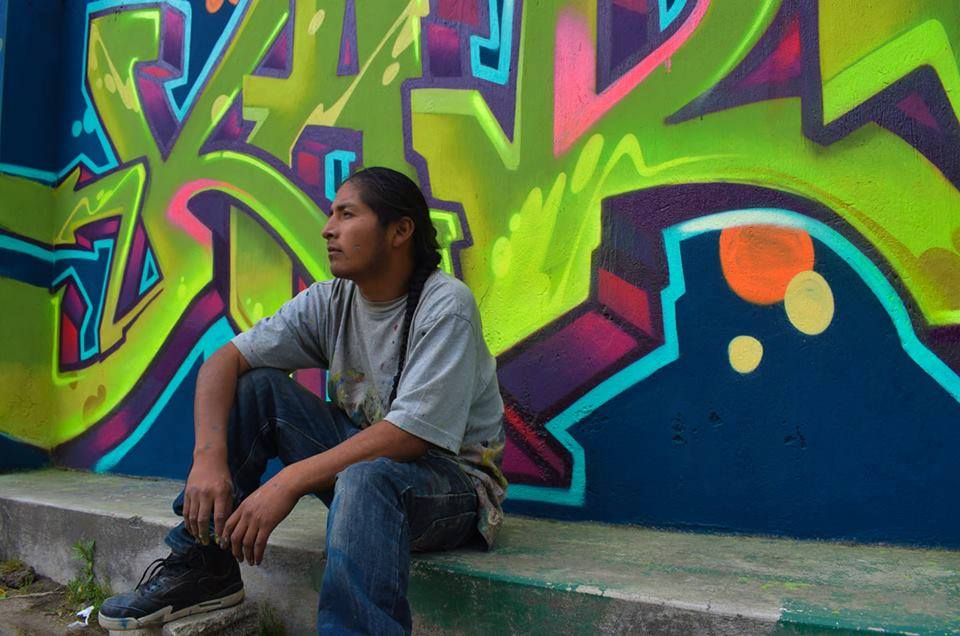
Álvaro Córdova discovered his gift and love for drawing at an early age and came to know that drawing and colors represent life and are a driving force for his foundation as Runa. In these contexts, Tenaz continued to build his identity from the place that he inhabited and his belonging to native peoples, who have historically occupied the lowest rung in the social hierarchy and caste within the structure of the State and the citizen. At least this was true until the national indigenous uprising of the 1990’s, a milestone from which indigenous peoples, men and women, have been considered to be active social actors. The case of the otavaleños is special because they have been able to carry the Runa cosmovision to the entire world through the commerce of their artisanal crafts. They have traveled abroad, taking with them their traditions and bringing globalization and mainstream practices back to the communities.
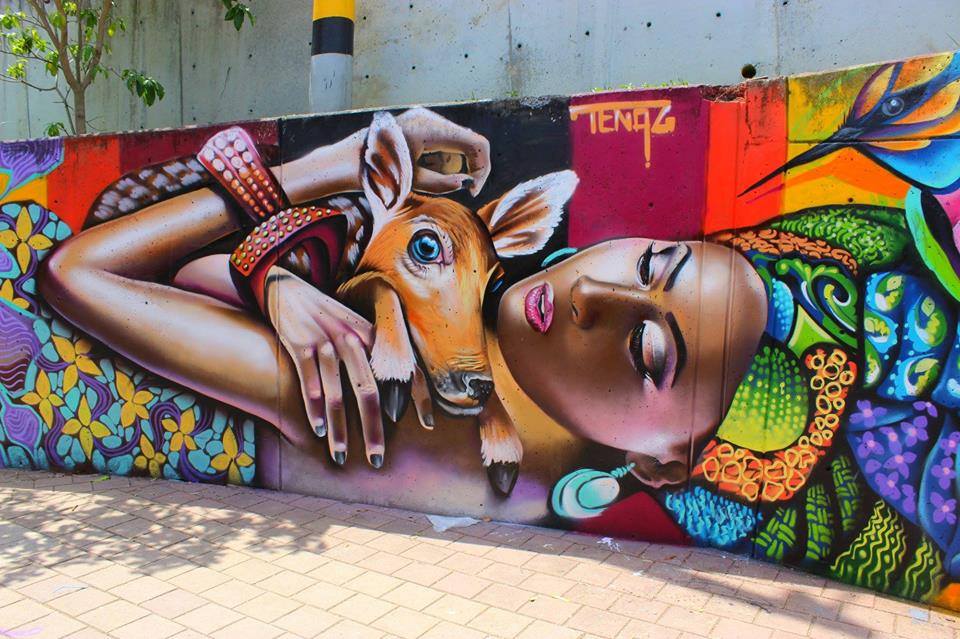
At the same time, Influences such as Hip Hop, a counter-hegemonic and cultural movement that was born in the ghettos of New York in the 1970’s, began to gain power and acceptance throughout the world as a rebellious shout against the establishment. This is how gringo Hip Hop arrived and gained its place throughout Ecuador and all of its communities. Hip Hop was inserted into the social struggle and gave voice to those who did not have a voice. Hip Hop is a universal language that uses musicality and the transmission of ideas through artistic mechanisms as its starting point. These mechanisms include the MC, who relates the facts and events, rapping in rhyme; the graffiti artist and writer who outwardly express their ideas through paint, color, and distorted letters; the DJ, or musical architect; bboy or bgirl; and the dance code that belongs to Hip Hop. And then there is the fifth element- the knowledge that assembles all of these pieces and contextualizes them within a historical- social process and a struggle based primarily in race and class.
Tenaz was able to find Hip Hop through his search for his own individual identity and his quest to earn his place in his community. His respect for his ancestors is visible in his personal aesthetic expressed in the braid woven into his long hair. For him, the braid is the form through which he connects himself to Mother Earth, remembering and respecting from whence he came. He does not wear the traditional clothing of Otavalo, such as a hat and white pants. Instead, he follows the aesthetic codes of Hip Hop: an oversized t-shirt, wide pants covered with paint, headphones to listen to music, and sometimes a cap. Graffiti has allowed this young man from Peguche to bring together two things that are part of his basic structure: his passion for painting and drawing, and his indigenous memory and cosmology. During our conversations, he says in passing, “Never forget where you come from and where you are going,” a phrase that has strong connotations for understanding the territorialities and spaces that he inhabits and passes through. This feature of remembering and looking forward is particular to the murals he creates and can easily be de-codified in his writing. The hyperrealism that gives expression in his murals nearly always depicts real people from distinct indigenous communities and his polished technique allows the images that are represented through color, line, and the cosmogonic to stand out and call the attention, as much of the general citizen as of those who are members of the Hip Hop culture. For Tenaz there is no greater sensation than to see people in front of his murals, especially the elders from the community who smile when they see our Kichwa culture pictured on the walls. “That happiness is contagious, it spreads and motivates.” What Tenaz’ eye evokes is somewhat unexpected since those who are adept at Hip Hop have always been considered to be marginal and delinquent, due to their critical rebellious stance. Despite this, Tenaz, through his compositions and murals, demonstrates just the opposite and exemplifies how it is possible for a symbiosis between Andean and Hip Hop to exist.
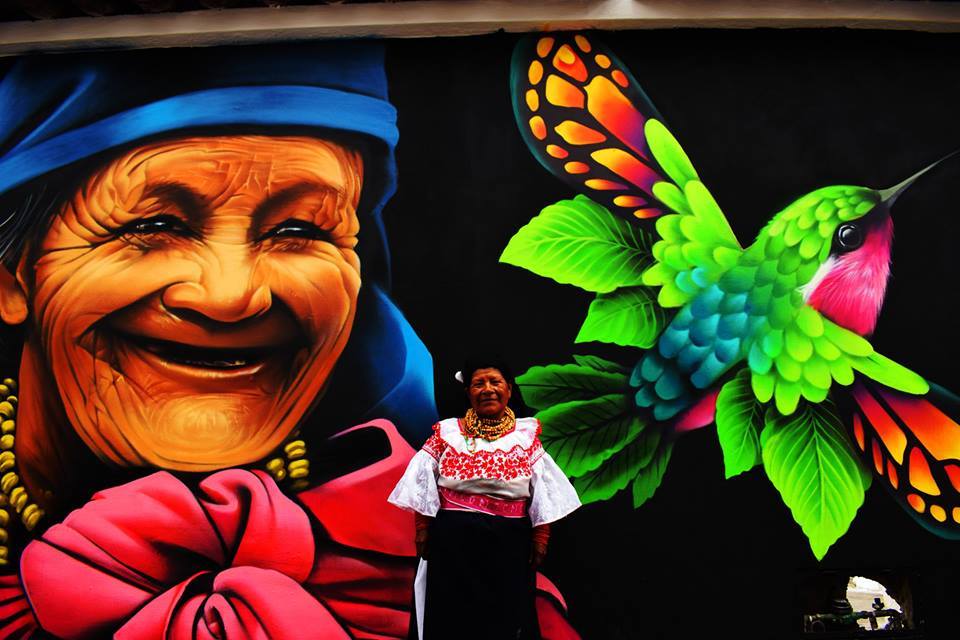
It is indispensable to him that the art that he creates be in the streets and that the walls of the public spaces be the platform for his murals. Everyone, without exception, has the opportunity to see his work and generate a feeling response in the face of whatever captures the walker’s eye. The muralism that Tenaz puts forth is popular and within the reach of anyone. Even so, he has received proposals to do his work on canvas and perhaps to sell paintings, but these would not be within the reach of just anyone, and that is not what Tenaz is after.
Hip Hop, with its rebellious outcry, blends with the emergent and local circumstances. From the realities that are particular to each population, Hip Hop will provide the elements that will allow peoples to continue to fight. Cases like the Otavalo community, in which they call out the “Rap Shima” (the word in Kichwa for language) and rap the lyrics in their mother tongue, Kichwa, renew Hip Hop and reveal its primary function: to convert itself into a collective voice of the oppressed, the subalterns, the others, that they may be heard and that they may transform their imposed urban reality and retain their relationship with nature, with the volcanos, the lakes, the waterfalls and Apu (the spirit) of their guardian mountain, Imbabura. This is what is manifested by Tenaz and the grafitti to which he has forged himself by choice and develops with great dexterity.
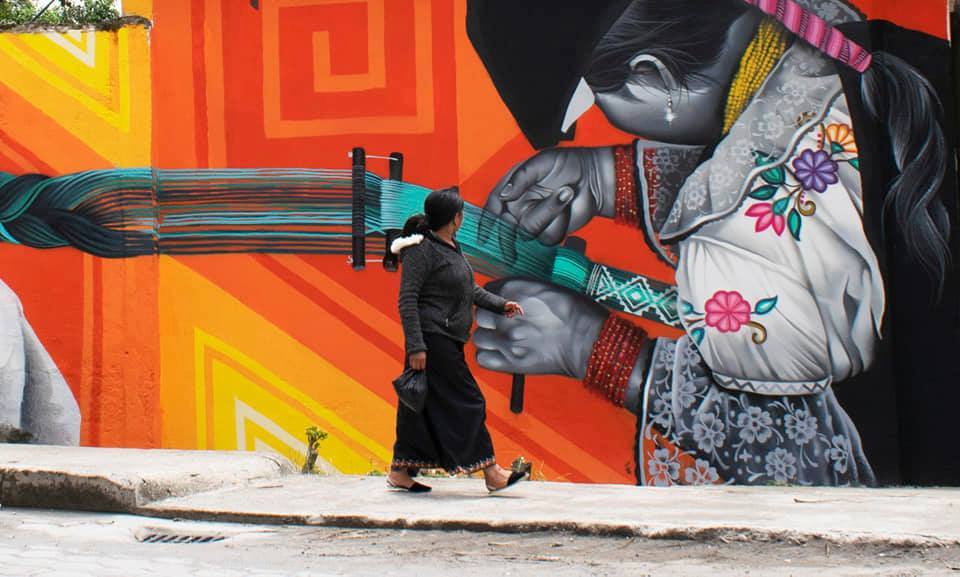
His actions as an indigenous graffiti artist and part of the Hip Hop culture make him reflect upon his greatest fear. He suggests to us that this fear has always been that he would lose the opportunity to continue painting, that death will snatch away the chance to transmit the memory of his people and his love of staining with color. He reflects that the technical aspects of graffiti are secondary and can be learned. Doing things from and with the heart is fundamental for Tenaz and his crew, Soberanos (SBRNS), who are native to Peguche.
Peace, Unity, Love and Leisure
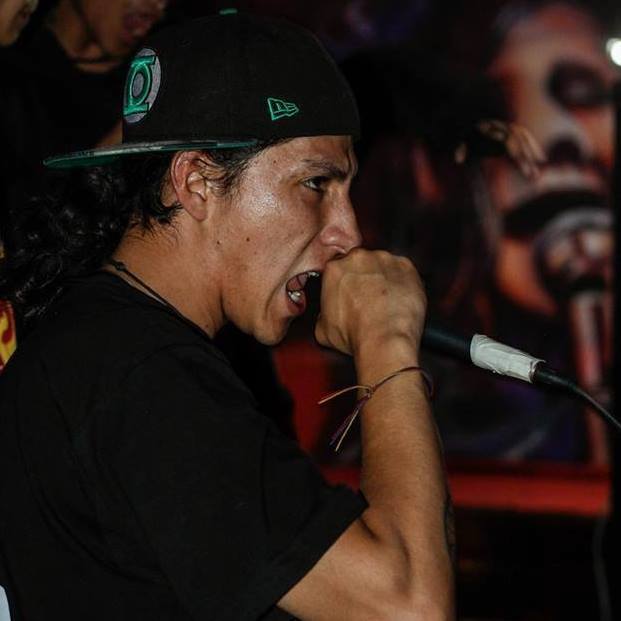
Alejandro Padilla a.k.a Supay Kayampa (Illapa Iriwari). Active militant of the Hip Hop culture, researcher and activist from the social sciences and the andean cosmogonic world. Equinoxial Runa, who sees in representation, imaginary and told, a need to awaken memory, remember who we are and what our role is in this world where the past and present co-exist and feed one another. Tenaz was part of the circuit of guests on the radio program, Nunkeii Zulu, a collective which he belongs to that seeks, through Hip-Hop, to propose and incite structural change in the society of Quito.
